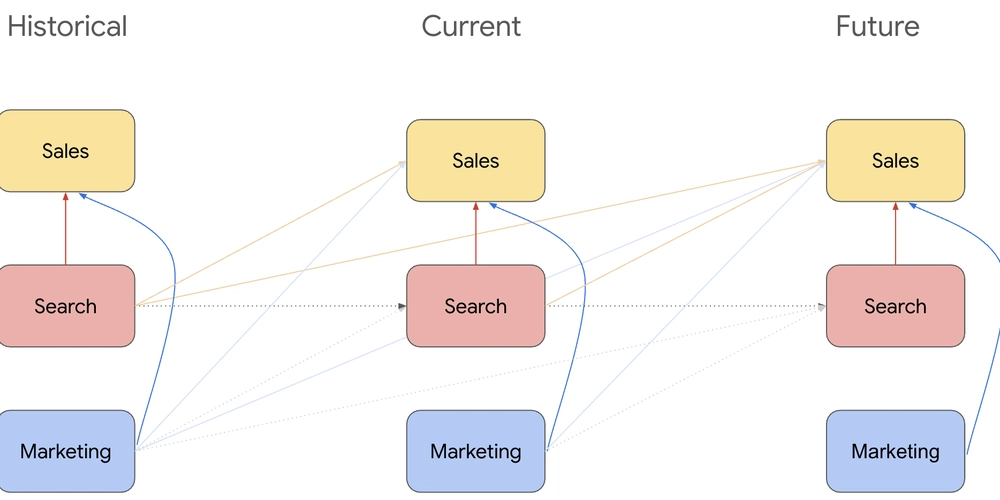Simplify Config Updates with Ansible's Lineinfile
Managing configuration files across servers can be tricky. Ansible's lineinfile module makes it easy to automate these changes while ensuring consistency and safety. Quick Steps Define Variables: Create a dictionary with file path and configuration options: vars: app_cfg_file: /etc/app/app.cfg app_cfg: max_connections: 200 timeout: 30 log_level: "INFO" Update Configurations: Use lineinfile to modify the file: - name: Update config options lineinfile: path: "{{ app_cfg_file }}" regexp: "^{{ item.key }}=" line: "{{ item.key }}={{ item.value }}" backup: yes insertbefore: BOF loop: "{{ app_cfg | dict2items }}" Why Use It? Idempotent: Only changes what's necessary. Safe: Backups are timestamped for easy recovery. Efficient: Automates tedious manual edits. Conclusion With lineinfile, automating consistent updates across servers becomes a breeze. Give it a try!

Managing configuration files across servers can be tricky. Ansible's lineinfile module makes it easy to automate these changes while ensuring consistency and safety.
Quick Steps
- Define Variables: Create a dictionary with file path and configuration options:
vars:
app_cfg_file: /etc/app/app.cfg
app_cfg:
max_connections: 200
timeout: 30
log_level: "INFO"
-
Update Configurations: Use
lineinfileto modify the file:
- name: Update config options
lineinfile:
path: "{{ app_cfg_file }}"
regexp: "^{{ item.key }}="
line: "{{ item.key }}={{ item.value }}"
backup: yes
insertbefore: BOF
loop: "{{ app_cfg | dict2items }}"
Why Use It?
- Idempotent: Only changes what's necessary.
- Safe: Backups are timestamped for easy recovery.
- Efficient: Automates tedious manual edits.
Conclusion
With lineinfile, automating consistent updates across servers becomes a breeze. Give it a try!







































































































































































![[The AI Show Episode 143]: ChatGPT Revenue Surge, New AGI Timelines, Amazon’s AI Agent, Claude for Education, Model Context Protocol & LLMs Pass the Turing Test](https://www.marketingaiinstitute.com/hubfs/ep%20143%20cover.png)





































































































































![From drop-out to software architect with Jason Lengstorf [Podcast #167]](https://cdn.hashnode.com/res/hashnode/image/upload/v1743796461357/f3d19cd7-e6f5-4d7c-8bfc-eb974bc8da68.png?#)











































.png?width=1920&height=1920&fit=bounds&quality=70&format=jpg&auto=webp#)




























































.jpg?#)







.png?width=1920&height=1920&fit=bounds&quality=70&format=jpg&auto=webp#)























_ArtemisDiana_Alamy.jpg?#)












































































-xl.jpg)












![Yes, the Gemini icon is now bigger and brighter on Android [U]](https://i0.wp.com/9to5google.com/wp-content/uploads/sites/4/2025/02/Gemini-on-Galaxy-S25.jpg?resize=1200%2C628&quality=82&strip=all&ssl=1)












![Apple Rushes Five Planes of iPhones to US Ahead of New Tariffs [Report]](https://www.iclarified.com/images/news/96967/96967/96967-640.jpg)
![Apple Vision Pro 2 Allegedly in Production Ahead of 2025 Launch [Rumor]](https://www.iclarified.com/images/news/96965/96965/96965-640.jpg)



































































































































